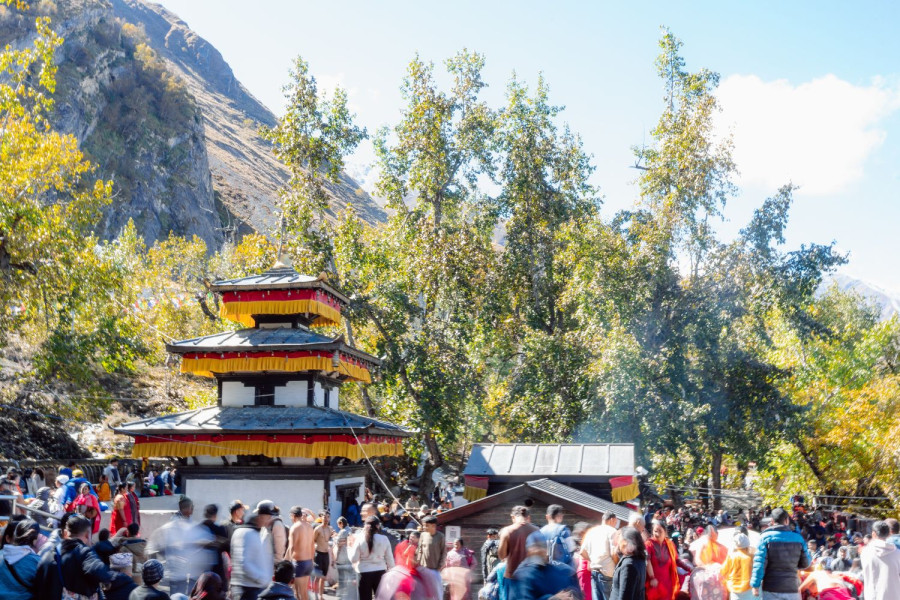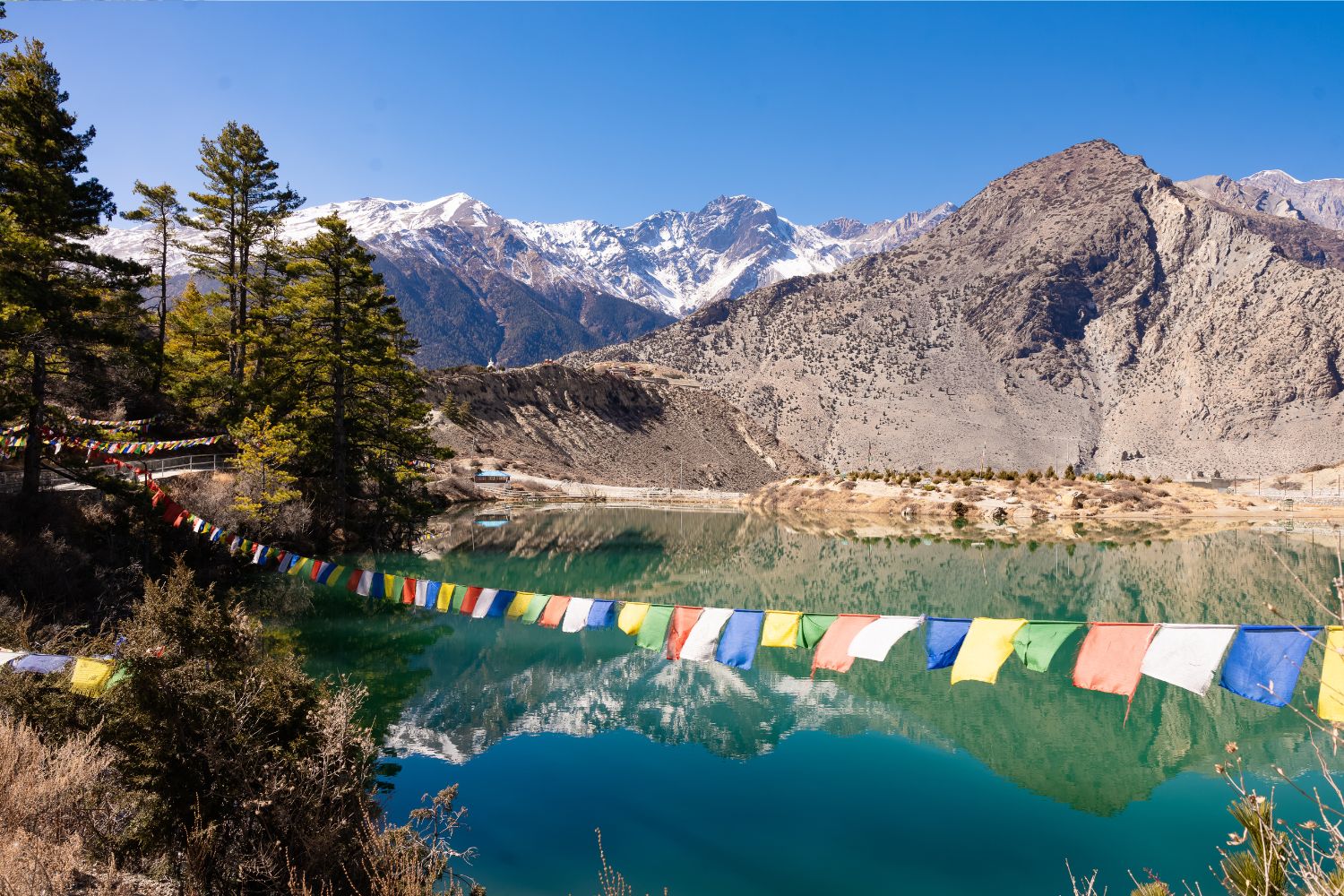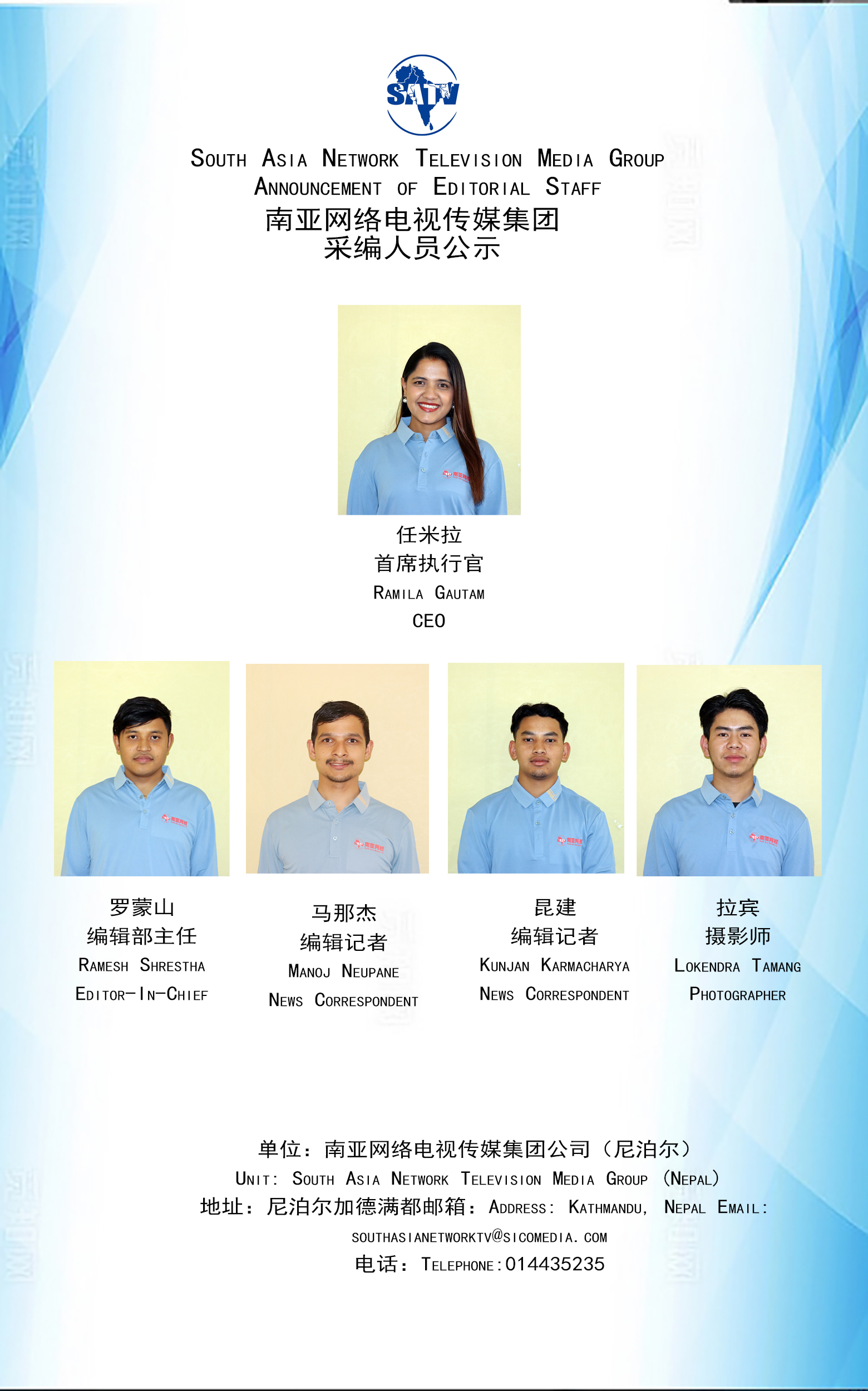
SATV Kathmandu Oct 31: Everyone who has visited Mustang describes it as enigmatic, majestic, and dreamlike. My recent four-day trip evoked the same emotions, but my critical consciousness has noted more than beauty.
Taking comfort into consideration, my friends and I booked a Scorpio jeep to ferry us all the way to Upper Mustang. Everyone was excited about the trip—and why wouldn’t they? Travellers across the nation often exaggerate Mustang and its beauty above other places. People even go so far as to say that a Nepali who hasn’t visited Mustang in their lifetime isn’t a ‘real Nepali’.
Perilous roads
“Are we going to hell or the holy land of Muktinath? Look at the roads!” one of my friends sniggered and pointed at the peeling asphalt. Once we entered the Myagdi district, we were disappointed by the poorly managed road. The road, perhaps black-topped initially, kicked up dust clouds once vehicles passed.
Due to the narrow lane and bustling traffic, we had to wait around 10 minutes at Kavre Bhir, a landslide-prone area. Seeing the treacherous road, I thought visiting Mustang wasn’t a good idea. Thankfully, it didn’t rain that day or the day before—one shouldn’t visit Mustang during the monsoon season.
Also, it wouldn’t be wise to travel to Mustang by a two-wheeler. If you choose a two-wheeler, chances are the dust will make you sick even before you reach the destination. To dodge the dust, one should not leave their masks and glasses behind as a precautionary measure. As our jeep trundled up the bumpy road, I wondered how tourism in Mustang would flourish more if the government and the stakeholders exerted force on improving the road conditions.
Improving the road conditions of Myagdi is a must to attract tourists. Surprisingly, the roads were smooth once we entered Mustang’s lands. But making them safe isn’t enough, as people suffer more on the roads below Mustang.
Mismanaged Muktinath
For pilgrims, Mustang isn’t about the majestic landscapes and mysterious caves but the holy temple of Muktinath. For them, Mustang is just a one-day trip, as they visit the temple and return by evening.
On our second day, we woke up early and headed towards the Muktinath temple. As expected, the parking lot—where the road ended—was bustling with tourists (mostly Nepali and Indians). Locals came running, asking us if we were interested in horse-riding up to the temple’s base. Because we found the idea of sightseeing on a horse fascinating, we excitedly rode up the horse trail. The ride lasted less than 10 minutes, and we had to pay Rs400 each—an outrageous amount.
Once inside the temple, I felt suffocated due to the large presence of worshipers. My friends roamed about, asking people how to perform puja. I went on my own, observing the temple architecture. There is a bathing ritual under 108 taps before finally diving into two small ponds. I found the process thrilling yet problematic.
Seeing both men and women bathe with little clothing made me uneasy. I wish there were a way to preserve the sanctity of the ritual while ensuring more modesty.
Mismanagement in the temple premises was apparent—clothes were strewn about everywhere on the floor. The temple holds great significance among Hindu people, but it can stand out by improving its management.

Dhumba Lake was as blue as the sky, and the reflections of the white mountains on it were magnificent.
Breathtaking beauty
It’s almost cliché to describe the breathtaking landscapes and towering cliffs. The air felt fresh and made unique, swooshing sounds. Dhumba Lake was as blue as the sky, and the reflections of the white mountains on it were magnificent. At Lo Manthang, we stopped by caves and monasteries.
Shija Jhong Cave, a five-story structure, had my heart beat for a while—literally and metaphorically. I ran down the ladder quickly before I could get to the top—I felt my body couldn’t cope with the low oxygen supply. The most disappointing stop was our final destination—Upper Mustang.
I later learned that the beautiful part was the journey to Upper Mustang, not the destination itself. The natural shapes of the cliffs led me to interpret them in my own ways, as my eyes formed dogs, humans, and whatnot. The major highlight was Marpha Village, with its narrow stone-carved pavements and shops on either side. The village looked like Bandipur but had a more rustic touch. It was where we bought apples and gifts to take back home.
Lacking in tourism knowledge
Throughout my stay, I tried to strike up conversations with traders, restaurateurs, and farmers, but most responded briefly—and a few, rather curtly, chose not to engage at all. This doesn’t happen in places like Pokhara, and Pokhara’s tall stance in tourism stems from the warm hospitality it practices.
At the Korala border, we were beckoned and forced towards the makeshift stores, where they sold chocolates and coffee. Such untoward behaviours simply mar the beauty of travelling. People in business seemed more focused on making money than on building relationships with their customers. While the traders might think it’s a one-time business, the messages they impart to the visitors affect them in the long run.
Another problem I noticed was heavy price differentiation among cafes, even though they all offered a similar ambience and luxury. If these issues aren’t fixed, Mustang’s charm will be ruined.



















